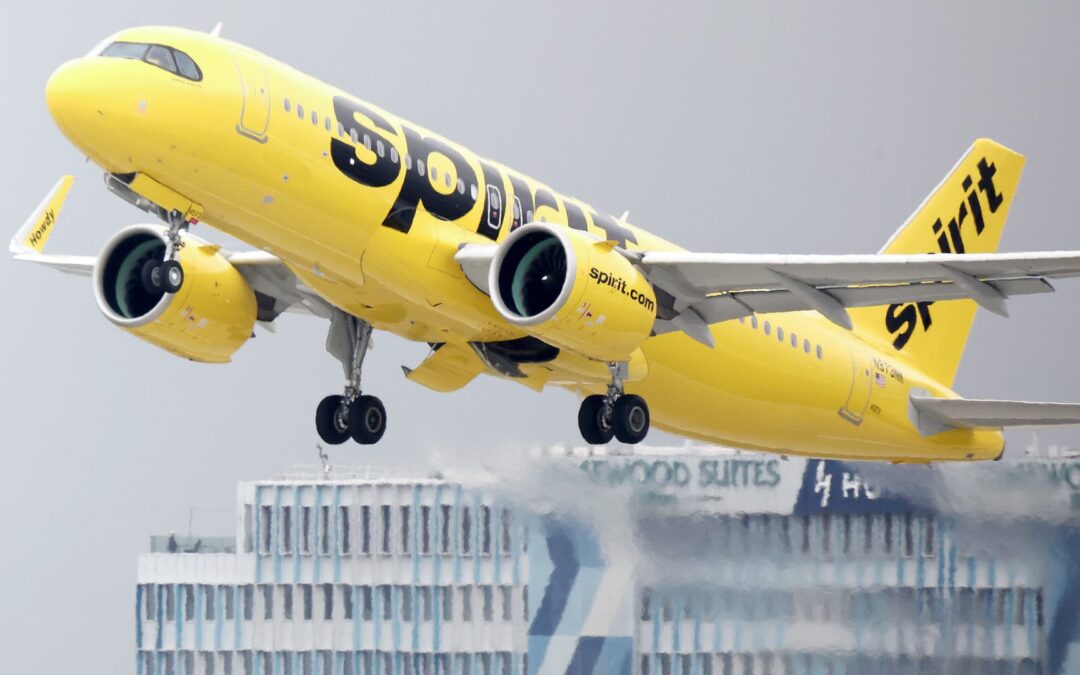A Spirit Airlines plane takes off at Los Angeles International Airport in Los Angeles, June 1, 2023.
Mario Tama | Getty Images
Spirit Airlines on Thursday said it will partner with Liberty University, the 10th school that it’s working with, to help beef up a pilot training pipeline as the industry continues to face a shortfall of aviators.
The program will allow students pursuing aviation degrees at the university’s School of Aeronautics in Lynchburg, Virginia, to apply to the company’s pipeline program after completing their sophomore year. Prospective trainees will need a recommendation from a faculty member before being eligible to begin the program.
Students working toward an aviation degree can get conditional job offers as they finish their studies and work on accruing flight hours. They must then complete airline pilot training programs, joining as first officers.
“We put a lot of hard work into developing the Spirit Wings Pilot Pathway Program and assembling a great group of partners making it incredibly rewarding to reach this key milestone,” Ryan Rodosta, senior director of flight operations and system chief pilot at Spirit, said in a press release.
Other carriers have also sought to increase their supply of new pilots. U.S. commercial airline pilots can only fly until age 65 under U.S. law. A surge in retirements and buyouts during the Covid-19 pandemic have exacerbated a shortfall, particularly at regional carriers.
JetBlue announced last month that its Gateway Rotor Transition Program will teach U.S.-military trained helicopter pilots to transition to airline pilots. More than 10% of JetBlue’s new pilot hires in 2023 are expected to come from one of its Gateway programs, JetBlue said at the time.
In February 2020, United Airlines purchased a flight academy in an effort to hire more than 10,000 new pilots within the decade.
Airlines are incentivized to train new pilots using pipeline programs. U.S. law requires pilots to receive 1,500 hours of training to fly with commercial airlines. Exceptions exist for some, such as U.S. military-trained pilots and those who attend two- and four-year programs that include flight training.









